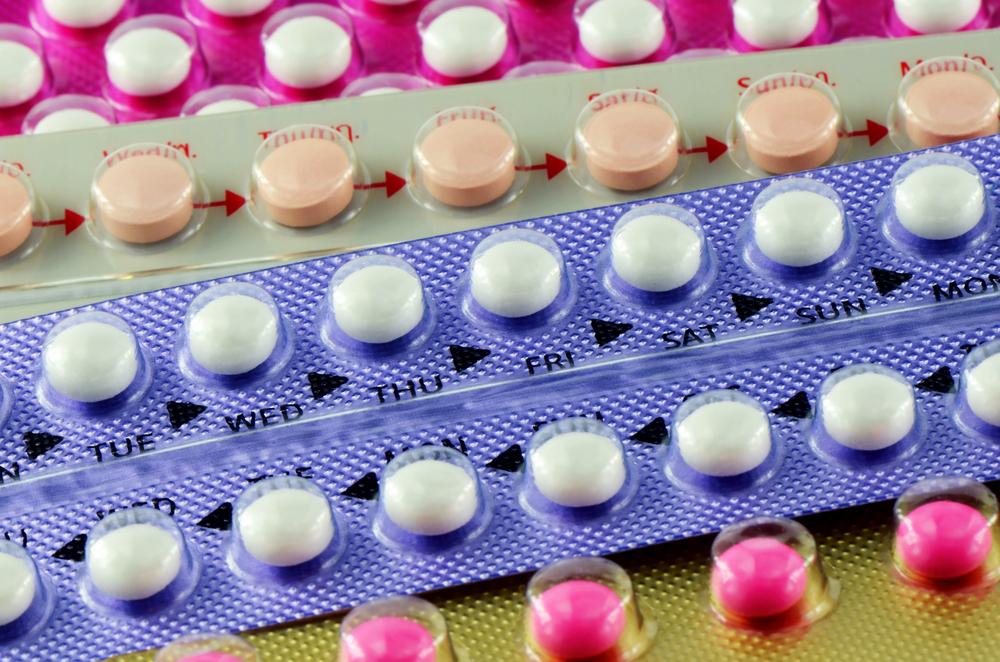Overview
The oral contraceptive pill (OCP), also known as the “birth control pill” or “the pill”, is a type of birth control containing a combination of synthetic estrogen and progesterone. The OCP is designed to prevent ovulation by suppressing the secretion of various hormones that stimulate ovulation. When a female does not ovulate, there is no egg for the sperm to fertilise; therefore, it significantly reduces the chance of pregnancy when used correctly. The pill also thickens cervical mucus to reduce the chance of sperm entering.
Most people see this as a good thing, and at the time of the creation of the OCP, this was revolutionary in giving women more control over their bodies. Over 70 years since its creation, let’s take a deeper look at the ingredients of the OCP and the importance of ovulation.
Progesterone is a female sex hormone. It is synthesized in the body by the corpus luteum, which is formed when a female ovulates. Progestins are a synthetic form of progesterone used in contraceptives; they are designed to interact with progesterone receptors in the body. Unfortunately, natural progesterone is not mimicked in these pills.
Structure Mirrors Function
Let’s look at the structure of a common progestin found in many contraceptives:
 |  |  |
Levonorgestrel | Testosterone | Progesterone |
Shockingly, the chemical structure of a popular progestin is more similar to testosterone than progesterone. This is why some women will experience hair loss, mood changes, and weight gain (amongst many other side effects) whilst on the OCP. Pretty scary to think, huh?
Natural progesterone increases cardiovascular health, stimulates hair growth (hello healthy pregnancy mane and glow), improves mood AND sleep, supports your thyroid and metabolism, reduces inflammation, supports the immune system, and much more.
So how do we create progesterone? We need to ovulate.
When we ovulate, the corpus luteum forms and produces progesterone.
The Pill and Nutrition
No doubt if you have taken the pill, you’ve noticed changes in your body and behaviour. If you haven’t, I encourage you to backtrack through your years on the pill and journal or reflect. If you’re currently taking the pill, I also encourage you to journal symptoms, side effects, mood, and so on to have something to reflect back on in the future.
The nutritional status of women taking the pill versus women who don’t, show that essential nutrients are lower, and even depleted, in women on the contraceptive pill.
Some of these included;
- B vitamins (folate, B2, B6, B12)
- Vitamin C
- Vitamin E
- Magnesium
- Selenium
- Zinc
If you have read through my Instagram posts on The Follicular Phase and The Luteal Phase, you have learnt that these nutrients are essential for a healthy menstrual cycle. You should most certainly be including them in a balanced diet. Synthetic hormones affect your body’s health and metabolism, from liver health (feeling sluggish anyone?), gut health (constant bloating?), to mental health.
The essential nutrients depleted by the pill influence weight gain, depression and anxiety, sleep and energy production, inflammation and tissue damage, red blood cell formation (been told you’re anaemic?), chemical production and overall metabolism.
A Final Note
So is the OCP outdated? It certainly has helped many women, and each individual has their reasons for taking medication. This shouldn’t be dismissed. We can certainly support our bodies while taking it, by ensuring optimal nutritional intake. However, women can thrive without the pill, supporting a healthy, symptom-free menstrual cycle through the fertility awareness method.
If you are struggling with complications due to the OCP and want to explore your options, get in touch with me here.
More on this topic to come.
References;
- Oral Contraceptives and Changes in Nutritional Requirements
- Oral Contraceptive Use, Micronutrient Deficiency, and Obesity among Premenopausal Females in Korea: The Necessity of Dietary Supplements and Food Intake Improvement
- Oral Contraceptive Pills
- Natural Micronized Progesterone Sustained Release (SR) and Luteal Phase: Role Redefined!!

